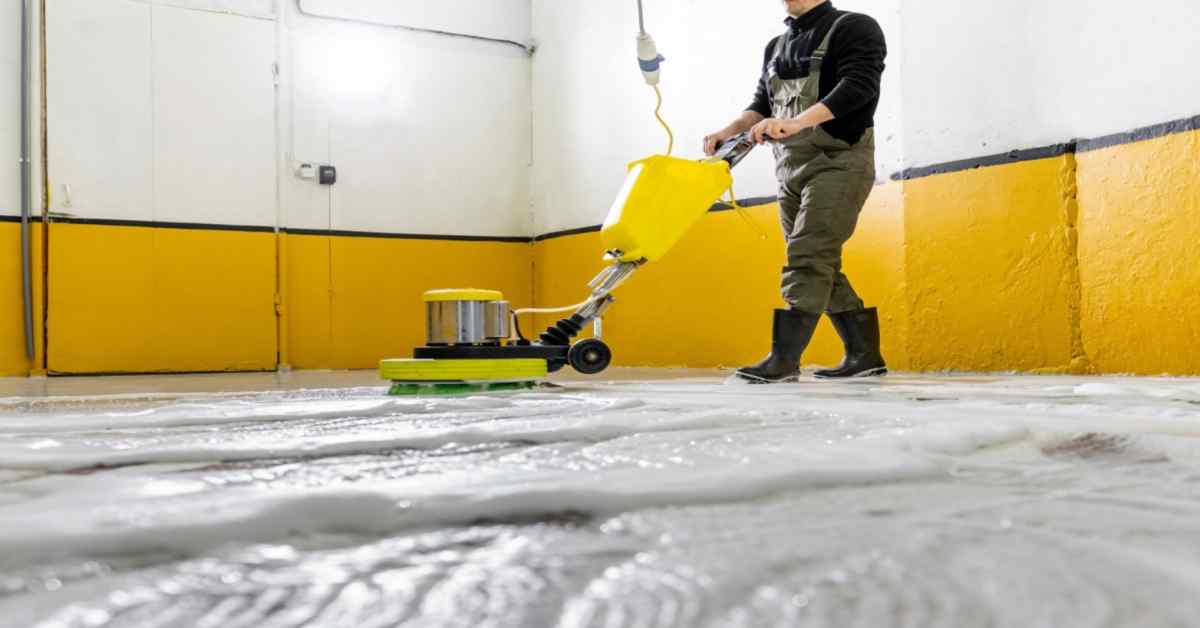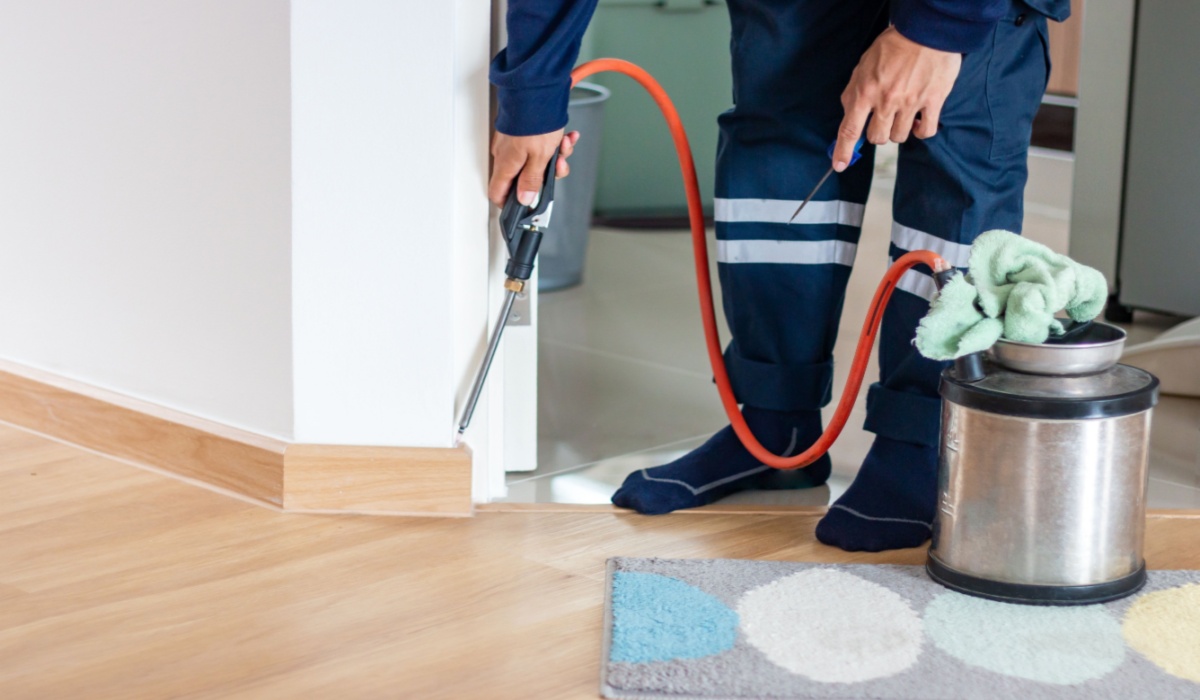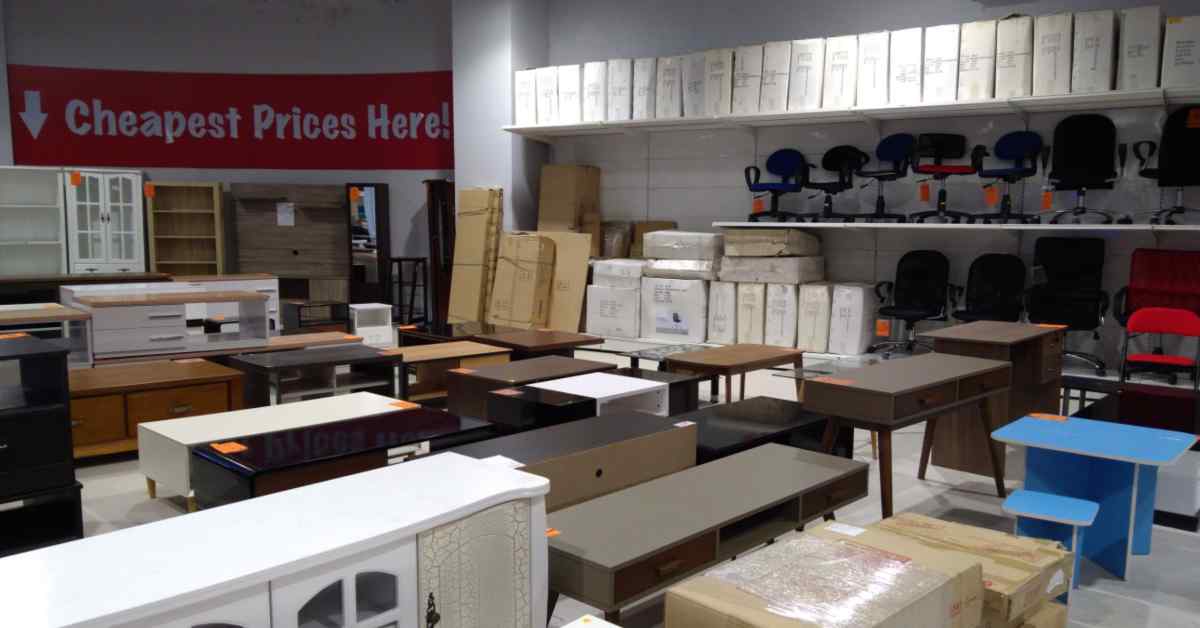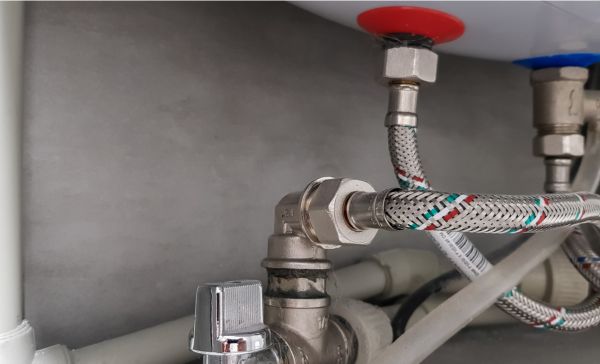Table of Contents
Quality Service Guarantee Or Painting Free

Get a rental agreement with doorstep delivery

Find the BEST deals and get unbelievable DISCOUNTS directly from builders!

5-Star rated painters, premium paints and services at the BEST PRICES!
Loved what you read? Share it with others!


Submit the Form to Unlock the Best Deals Today
Check Your Eligibility Instantly

Experience The NoBrokerHood Difference!
Set up a demo for the entire community

Tenant Super Relax Plan
Enjoy Hassle-Free Renting
 Full RM + FRM support
Full RM + FRM support Instant alerts & premium filters
Instant alerts & premium filters Rent negotiation & relocation help
Rent negotiation & relocation helpToilet Problems Decoded: A Guide to Seamless Resolutions
Table of Contents
While exploring common household challenges, toilet problems stand as a universal concern, disrupting the tranquillity of our daily lives. From elusive leaks to the occasional stubborn flush, these issues often demand immediate attention and effective solutions. In this comprehensive guide, let’s delve into the intricate realm of toilet complications, offering insights and practical resolutions that empower you to reclaim the harmony of your home.
Navigate with us through this insightful journey, where we unravel the mysteries behind the bathroom door and equip you with the knowledge to address and overcome these commonplace disruptions seamlessly.
How Does a Toilet Work?
Unlocking the mysteries of your home's essential fixtures begins with a closer examination of the intricate workings of a toilet. Embark on a journey through the fascinating mechanism that transforms a simple push of a lever into a seamless waste removal process. Let’s delve into the core components, unravelling the secrets that make your toilet a marvel of engineering.
Quality Service Guarantee Or Painting Free

Get a rental agreement with doorstep delivery

Find the BEST deals and get unbelievable DISCOUNTS directly from builders!

5-Star rated painters, premium paints and services at the BEST PRICES!
How Does the Toilet Mechanism Work?
Toilets operate on a surprisingly intricate system. At the core of this mechanism is the flush system, which involves a combination of valves, tanks, and pipes. When you press the flush lever, it sets off a chain reaction that ensures effective waste removal.
Breakdown of Key Components:
- Flush Valve: This valve is responsible for releasing water from the tank into the bowl during the flushing process.
- Fill Valve: Also known as the ballcock, the fill valve controls the water level in the tank by refilling it after a flush.
- Tank: The reservoir where water is stored for flushing.
- Bowl: The bowl is where waste is deposited and is connected to the drainpipe.
- Trapway: A curving, S-shaped pipe beneath the bowl that prevents sewer gases from entering the home.
- Wax Ring: Seals the connection between the toilet and the drainpipe, preventing leaks.
Importance of Understanding Toilet Functionality
Why delve into the intricacies of a toilet's operation? Knowing how your toilet functions empowers you as a homeowner in several ways:
- DIY Troubleshooting: With a basic understanding, you can troubleshoot minor issues without the immediate need for professional help.
- Water Conservation: Insight into the flush system can help you identify and address leaks, contributing to water conservation efforts.
- Informed Decision-Making: When it's time to upgrade or replace your toilet, understanding its mechanism aids in making informed choices about new fixtures.
By demystifying the mechanics of a toilet, you not only gain practical knowledge but also foster a sense of control over one of the most crucial elements of your home.
Common Toilet Problems and Solutions
Navigating the intricate landscape of household maintenance, common toilet problems emerge as universal challenges. Let’s delve into these issues, providing practical solutions that empower you to confront and overcome them with confidence.
1. Toilet Flush Problems
One of the most prevalent concerns is the erratic flushing of toilets. If you find your flush not performing at its best, it could be due to a faulty flush valve or a worn-out flapper.
Issue:
- Flush not performing optimally
Possible Causes:
- Faulty flush valve
- Worn-out flapper
Solutions:
1. Inspect the Flapper:
- Check for wear and tear
- Replace if damaged
2. Examine the Flush Valve:
- Ensure it opens and closes properly
- Clean or replace if necessary
3. Water Level Adjustment: Adjust the water level in the tank to the recommended height.
4. Professional Assistance: If issues persist, seek professional help for thorough inspection and repairs.
2. Commode Repairing
The trusty commode may face wear and tear over time, leading to issues like leaks, wobbling, or a running tank.
Issue:
- Leaks, wobbling, or running tank
Possible Causes:
- Loose bolts
- Worn-out parts
Solutions:
1. Tighten Bolts: Check and tighten any loose bolts connecting the toilet to the floor.
2. Inspect Tank Components:
- Examine the flapper, fill valve and flush valve for wear
- Replace damaged parts
3. Check for Leaks:
- Inspect around the base for leaks
- Seal any visible leaks with appropriate sealants
4. Wobbling Toilet:
- Place shims under the toilet to stabilise it
- Tighten the bolts connecting the toilet to the floor
3. Toilet Plumbing Work
Venture into the world of toilet plumbing as we unravel the complexities behind issues like clogs, leaks, or unusual sounds. From plunging techniques to DIY drain cleaning, empower yourself with the knowledge to navigate the intricacies of toilet plumbing work.
Issue:
- Clogs, leaks, or unusual sounds
Possible Causes:
- Clogged drain
- Faulty flapper or fill valve
Solutions:
1. Plunging:
- Use a plunger to dislodge minor clogs
- For stubborn clogs, consider using a toilet auger
2. DIY Drain Cleaning:
- Pour a mixture of hot water and dish soap down the drain
- Use a plumbing snake for deeper clogs
3. Check the Flapper and Fill Valve:
- Ensure the flapper closes properly after flushing
- Adjust or replace the fill valve if necessary
4. Unusual Sounds:
- Investigate any unusual sounds during flushing
- Replace parts contributing to the noise.
4. Toilet Leaking at Base
A leaking toilet at the base is not just inconvenient but also a potential source of water damage. Let’s guide you through the inspection process, revealing the usual suspects behind this issue. Follow these tips on sealing leaks and when it's prudent to seek assistance for a lasting solution.
Issue:
- Leakage around the base of the toilet
Possible Causes:
- Worn-out wax ring
- Loose or damaged closet bolts
Solutions:
1. Inspect Wax Ring:
- Check for signs of wear or damage
- Replace the wax ring
2. Tighten Closet Bolts:
- Ensure bolts securing the toilet to the floor are tight
- Replace damaged bolts
3. Professional Assistance: If leakage persists, seek professional help for a thorough inspection and repairs.
5. Slow Water Leak in Toilet Bowl
A subtle but persistent issue, a slow water leak in the toilet bowl can contribute to unnecessary water wastage. Here’s a guide on detecting and addressing this silent culprit, from checking the flapper to inspecting the overflow tube.
Issue:
- Subtle water leak in the toilet bowl
Possible Causes:
- Damaged flapper
- Issues with the overflow tube
Solutions:
1. Check the Flapper:
- Inspect the flapper for damage
- Adjust or replace if necessary
2. Inspect Overflow Tube:
- Ensure the tube is positioned correctly
- Replace if damaged
3. Water Dye Test:
- Drop food colouring into the tank
- If colour appears in the bowl without flushing, there's a leak.
6. Sewage Smell from Toilet
Few problems are as unpleasant as a sewage smell emanating from the toilet. Dive into the reasons behind this malodourous issue, from a malfunctioning wax ring to vent pipe concerns. Uncover effective DIY deodorising techniques and when it's prudent to enlist professional help for a fresher bathroom environment.
Issue:
- Unpleasant sewage smell
Possible Causes:
- Malfunctioning wax ring
- Issues with the vent pipe
Solutions:
1. Inspect Wax Ring:
- Check for wear or damage
- Replace the wax ring
2. Vent Pipe Inspection:
- Ensure the vent pipe is clear of obstructions
- Address any issues with the vent pipe
3. DIY Deodorising:
- Use toilet deodorisers or baking soda
- Keep the bathroom well-ventilated
4. Professional Assistance: If the smell persists, seek professional help for a thorough inspection and repairs.
These detailed solutions aim to empower homeowners to address common toilet problems effectively. Remember, if issues persist or seem complex, seeking professional assistance is always a prudent choice.
Addressing stubborn toilet problems can be a tedious task, often requiring professional guidance for effective solutions. This is where NoBroker steps in as your reliable ally. Our expert plumbing services, encompassing basin & sink, grouting, bath fitting, and more, ensure effortless and effective resolutions. NoBroker's proficiency extends beyond mere fixes; it redefines convenience.
With a commitment to quick and efficient solutions, our skilled professionals ensure your toilets function seamlessly. Choose NoBroker for hassle-free living, and bid farewell to toilet problems. Opt for our expert plumbing services, where your convenience takes precedence, ensuring a smoothly functioning bathroom without consuming much of your valuable time.

Frequently Asked Questions
Ans: Faulty flappers or worn-out flush valves are common culprits. Regular maintenance can resolve these issues.
Ans: If you notice persistent leaks, wobbling, or running tanks, it's advisable to seek professional assistance for thorough commode repair.
Ans: Check the flush valve and flapper for wear. Simple adjustments or replacements often resolve minor toilet flush repair problems.
Ans: For clogs, use a plunger or DIY drain cleaning methods. DIY toilet plumbing work can address common issues like slow drains.
Ans: Tightening loose bolts or replacing a worn-out wax ring are DIY solutions for a toilet leaking at the base.
Ans: Damaged flappers or issues with the overflow tube can contribute to a slow water leak in the toilet bowl. Regular checks can prevent this.
Ans: Use deodorisers or baking soda for DIY sewage smell from toilet elimination. Professional help may be needed for persistent odours.
Loved what you read? Share it with others!
Most Viewed Articles

Top 10 Home Service Apps in India 2025
January 31, 2025
37860+ views

रेनवॉटर हार्वेस्टिंग क्या है और आपको इसकी ज़रुरत क्यों है?
January 31, 2025
35975+ views

How to Get Rid of Termites at Home: Best Remedies and Prevention Tips (2025)
January 31, 2025
30781+ views

Furniture GST Rate Guide: Make Informed Purchases Now
January 15, 2025
30332+ views

Stop Leakage with Expert Water Tank Leakage Solutions
January 31, 2025
30261+ views
Recent blogs in
How to Deep Clean Kitchen: Effective Tips, Steps, Cost and Techniques in 2025
September 24, 2025 by Vivek Mishra
Top 10 Laminate Brands in India: Quality, Price, Durability and Warranty in 2025
August 3, 2025 by Jessica Solomon
10 Common Electrical Problems in Homes & How to Fix or Prevent Them Safely
July 27, 2025 by Krishnanunni H M
Best Wood Flooring in India: Top Brands, Types, Benefits, Prices and Installation Tips in 2025
March 30, 2025 by Suju
Top 5 Natural Ways to Keep Insects Away
January 31, 2025 by NoBroker.com







Join the conversation!